Best Shade Trees
With nearly year-round sunny skies, shade is a precious resource in California. Strategically planted trees offer respite from intense sunlight, reducing indoor heat and expanding comfortable outdoor living spaces. But selecting suitable specimens from the myriad types proves key.
I have explored ideal shade trees – from rapid growers and compact varieties to evergreens and backyard favorites.
Read on to unveil the perfect leafy addition transforming your personal paradise!
Need for Shade Trees in California
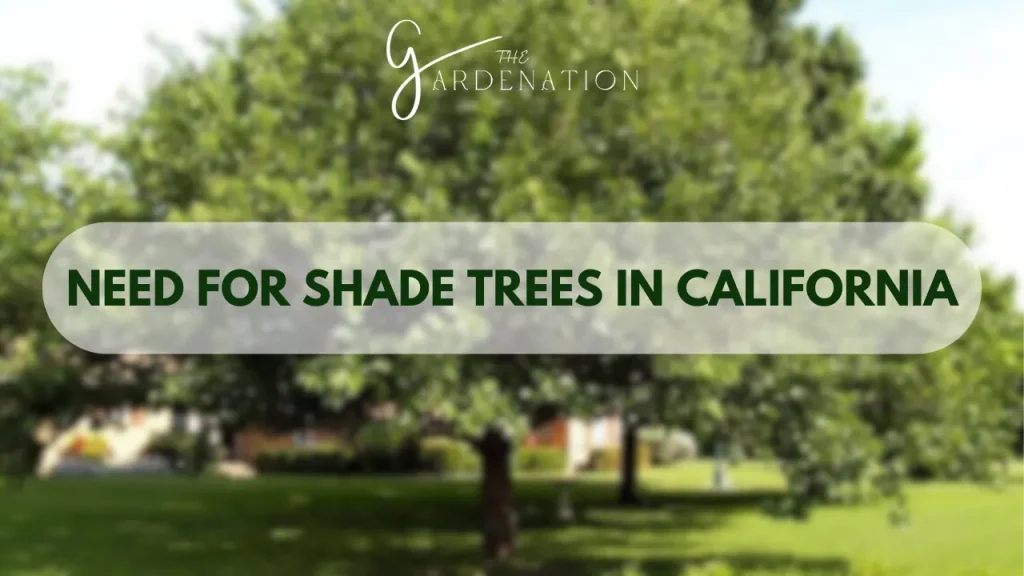
California basks in a Mediterranean climate with clear sunny days even throughout fall and winter. While appreciated in moderation, direct exposure to intense sunlight and heat can compromise comfort.
Hence, I thoughtfully incorporate shade trees to enhance the livability of outdoor areas by offering numerous benefits:
- Lower indoor temperatures by up to 20 degrees decreasing air conditioning costs.
- Provide cooling shade for patios, decks, play areas and more.
- Enhance aesthetics with beautiful foliage, flowers and architectural structure.
- Filter harsh light, reduce glare and protect furnishings from sun damage.
- Improve air quality by producing oxygen while trapping air pollutants.
For more information more about house plant you can visit: 8 Monstera Growth Stages
By mitigating intense solar effects through strategic placement, I get the right shade tree to become an invaluable asset
Now let’s reveal stellar selections for California!
11 Fastest Growing Shade Trees
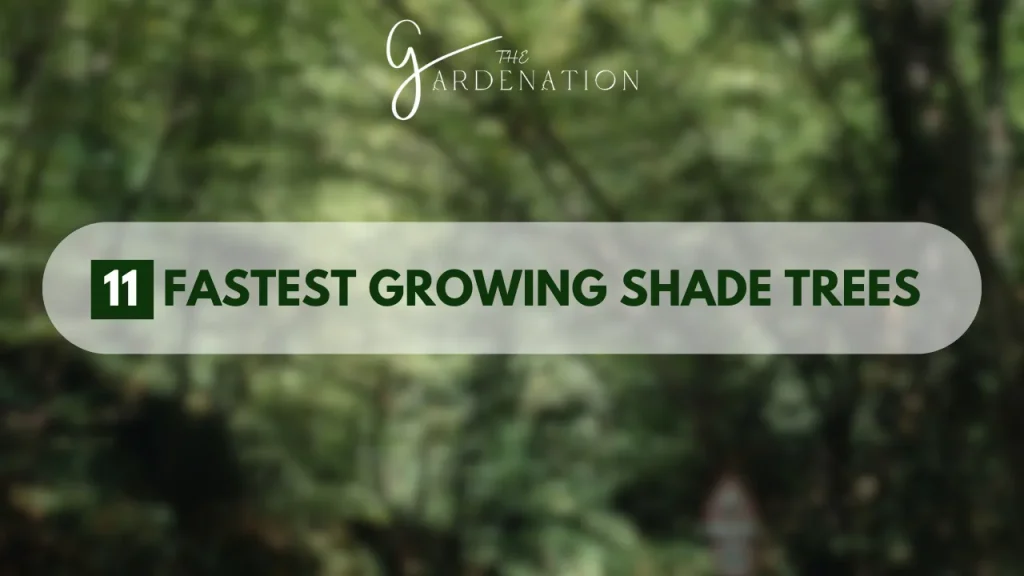
Here are some of the fastest growing shade trees.
1. White Mulberry
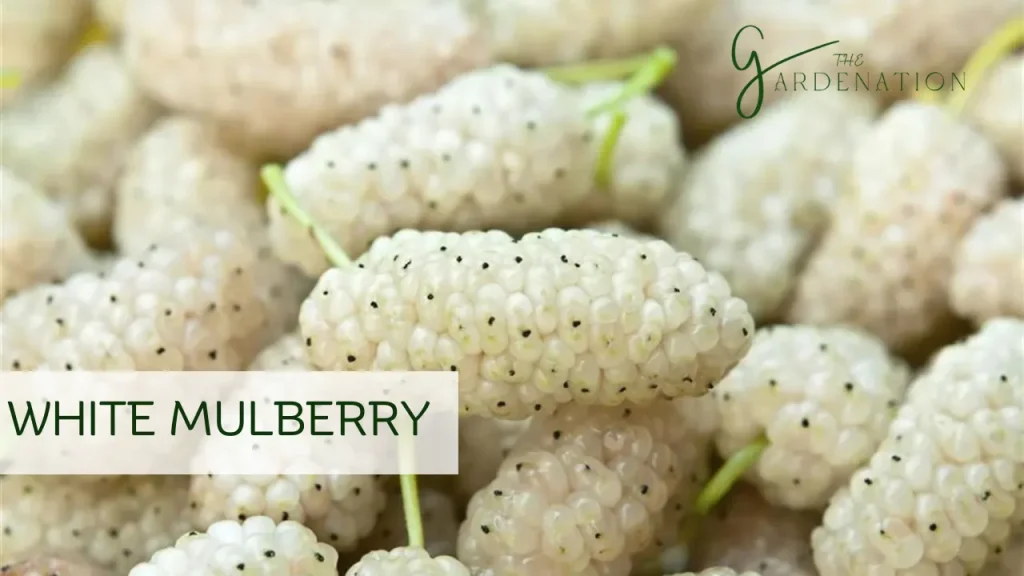
The white mulberry is a very fast growing shade tree that adapts to most soil conditions. It has rough textured leaves that provide dense shade. Mature trees produce sweet berry fruits enjoyed by wildlife, attracting an abundance of birds and small animals.
- Scientific Name: Morus alba
- Ideal Position: Full sun
- Average Mature Height: 30 to 60 feet
- Growth Rate: Over 3 feet per year
- USDA Zones: 5 to 9
The white mulberry can grow 30 to 60 feet tall rapidly with uneven, spreading branches that provide ample canopy coverage. It’s an excellent choice for large-scale shade in record time. All combined, the white mulberry tree makes a carefree addition to gardens across various regions.
2. Southern Magnolia
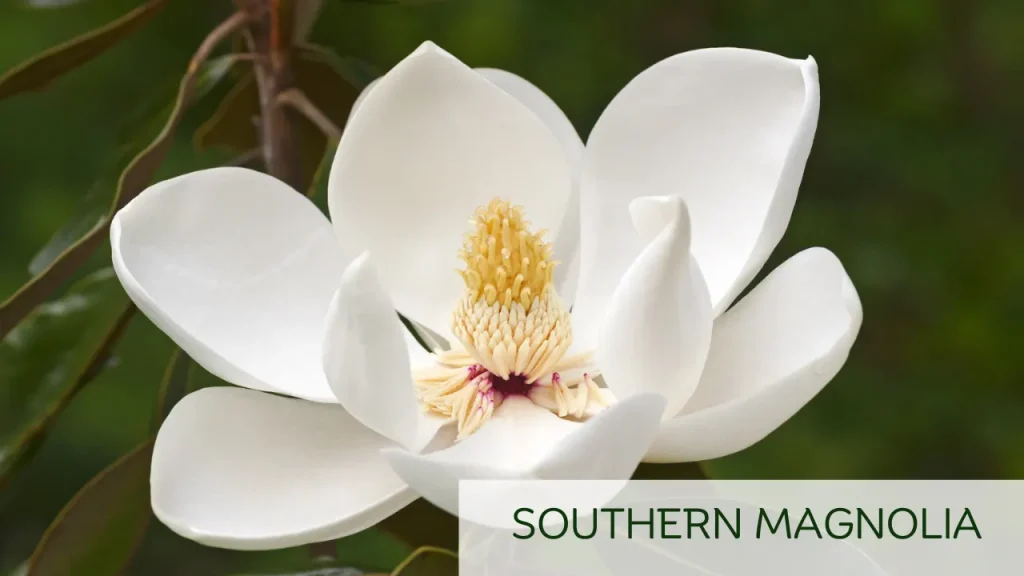
Southern magnolia beautifully and efficiently intercepts intense sunlight year-round with its broad, glossy evergreen canopy that can easily top 80 feet upon maturity. The tree adapts very well in coastal warm climates but also thrives further inland after getting established the first couple years.
- Scientific Name: Magnolia grandiflora
- Ideal Position: Full sun to part shade
- Average Mature Height: 60 to 80 feet
- Growth Rate: Over 2 feet per year
- USDA Zones: 7 to 9
The large oval leaves, wonderfully fragrant white summer blossoms and ornamental red seed cones created four season visual interest as well, in addition to the main benefit of cool shade. With both versatile landscape appeal and incredibly fast woody growth upwards of several feet per year, southern magnolia most certainly earned its popularity in my opinion.
You may also find 17 Identification Trees With Large Heart Shaped Leaves Interesting!!
3. Silk Tree, Mimosa Tree
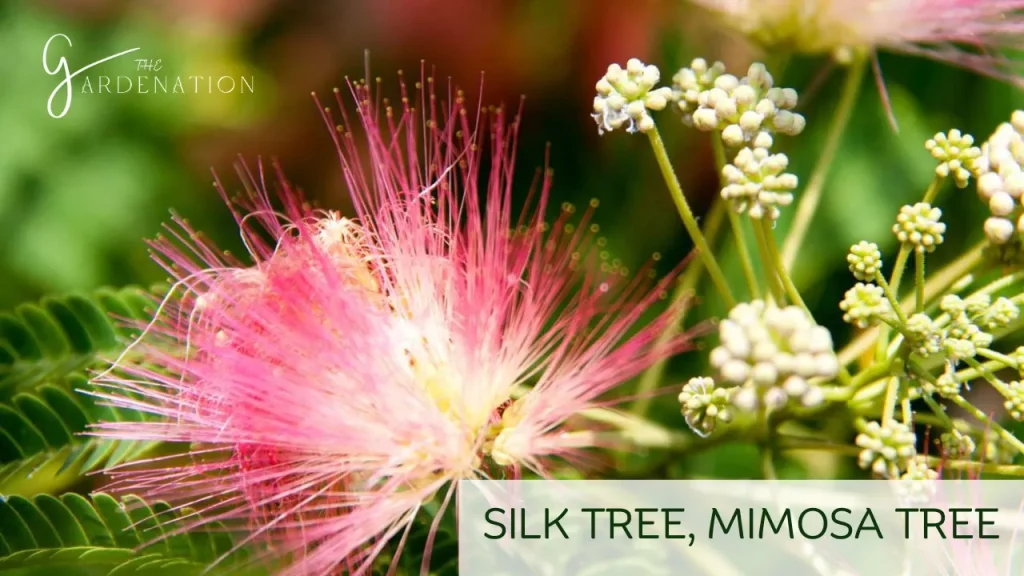
Starting its journey as a small humble shrub, the aptly named silk tree rapidly transforms skyward at a pace over 10 feet per year once established. The airy canopy emerges loaded with fine feathery foliage and fluffy soft pink puff ball flowers in summer.
- Scientific Name: Albizia Julibrissin
- Ideal Position: Full sun
- Average Mature Height: 20 to 40 feet
- Growth Rate: Over 10 feet per year
- USDA Zones: 6 to 9
The silk tree, or mimosa tree as it’s also called, handled most settings with ease, readily adapting into drought and heat while still rocketing skyward into its delicate cloud of filtered dappled shade allowing some sunlight to pass through into the landscape below when I planted it.
4. Australian Willow
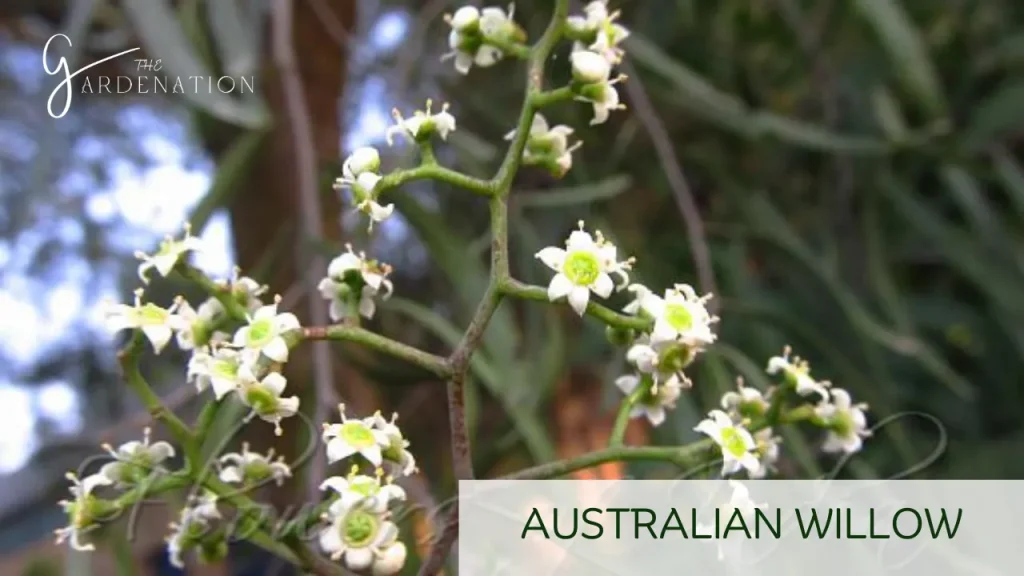
The Australian willow is an attractive ornamental shade tree that thrives in warm, coastal climates like California. Growing 25-40 feet tall at a steady pace of 3 feet per year, its airy canopy provides ample dappled shade.
- Scientific Name: Geijera parviflora
- Ideal Position: Full sun
- Average Mature Height: 25 to 40 feet
- Growth Rate: 3 feet per year
- USDA Zones: 9 to 11
I liked the long narrow blue-green leaves that offer wonderful textural contrast against the peeling taupe bark. And the Australian willow handles heat, wind and salty conditions with ease once established as we have also discussed in 15 Zone 6 Fruit Trees
5. California Sycamore
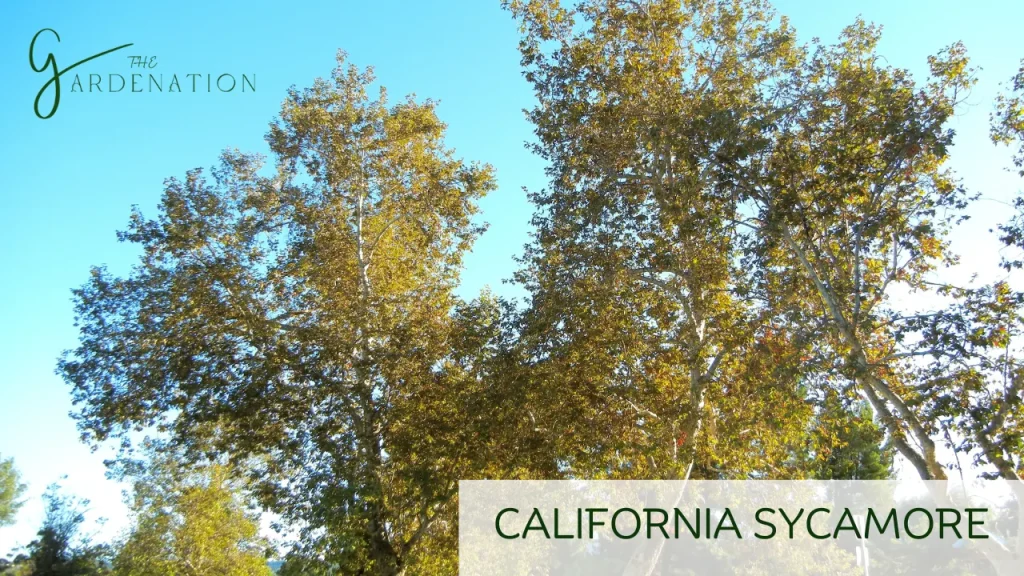
With thick flaky bark and huge lush green leaves, the California sycamore truly mirrors stately shade giants, anchoring creeksides and parks. These fast growing trees shoot up over 3 feet yearly, attaining regal heights near 100 feet tall and almost as wide.
- Scientific Name: Platanus racemosa
- Ideal Position: Full sun
- Average Mature Height: up to 100 feet
- Growth Rate: Over 3 feet per year
- USDA Zones: 7 to 10
The immense canopy casts deep cooling shade while the ornamental seed balls extend seasonal interest. Adaptable and carefree, the California sycamore will make an iconic addition for large properties in my opinion.
6. Bracelet Honey-Myrtle
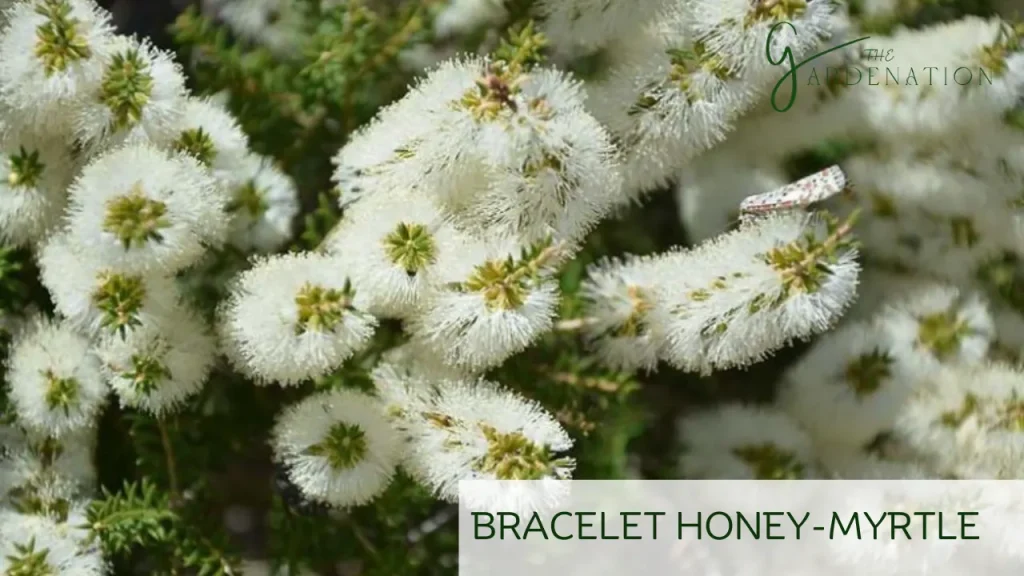
Displaying peeling cinnamon red bark etched roughly in diamond patterns, the bracelet honey myrtle dazzles visually as it shoots upwards at a steady fast pace over 3 feet per year until mature heights nearing 60 feet for select specimens.
- Scientific Name: Melaleuca armillaris
- Ideal Position: Full sun
- Average Mature Height: 20 to 60 feet
- Growth Rate: 3 feet per year
- USDA Zones: 9 to 11
The long slender leaves offer dappled shade and wonderful aromas when crushed. Salt and drought tolerant, this Australian native thrives in California’s balmy coastal climates and similar Mediterranean zones, making a superb ornamental shade choice and one of my favorites.
7. Podocarpus
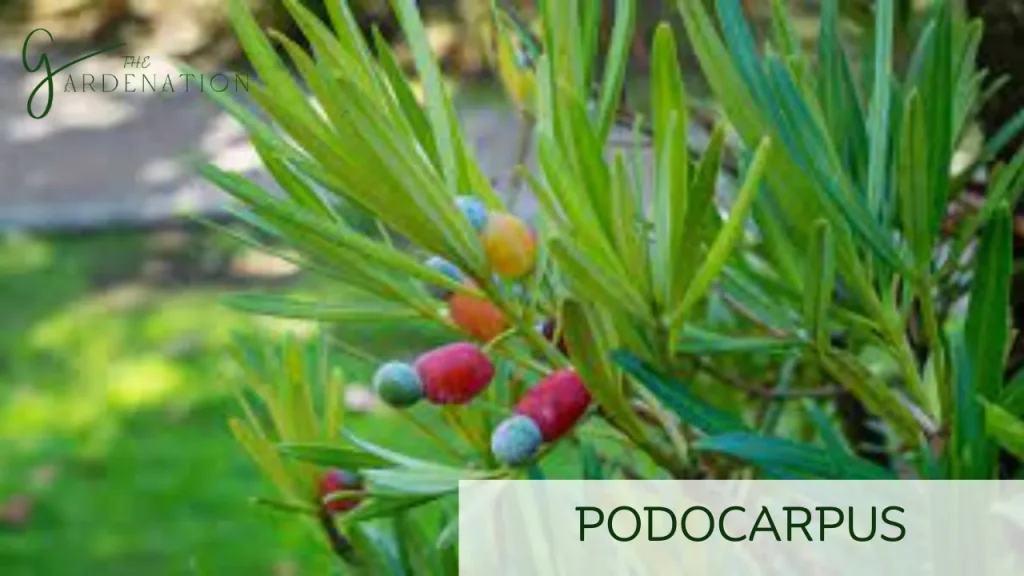
With handsome evergreen foliage reminiscent of flowing yew or cypress boughs, podocarpus makes steady over 1 foot progress yearly towards its lofty height potential topping 80 feet. Given its versatile columnar form tolerating coastal exposures but inland heat as well, podocarpus stands ready to join the urban forest canopy with reliable shade year-round.
- Scientific Name: Podocarpus gracilior
- Ideal Position: Full sun to part shade
- Average Mature Height: up to 80 feet
- Growth Rate: Over 1 foot per year
- USDA Zones: 9 to 11
The weeping effect of the dense needles creates intriguing sculptural impact possible on grand scales.
8. Indian Laurel Fig
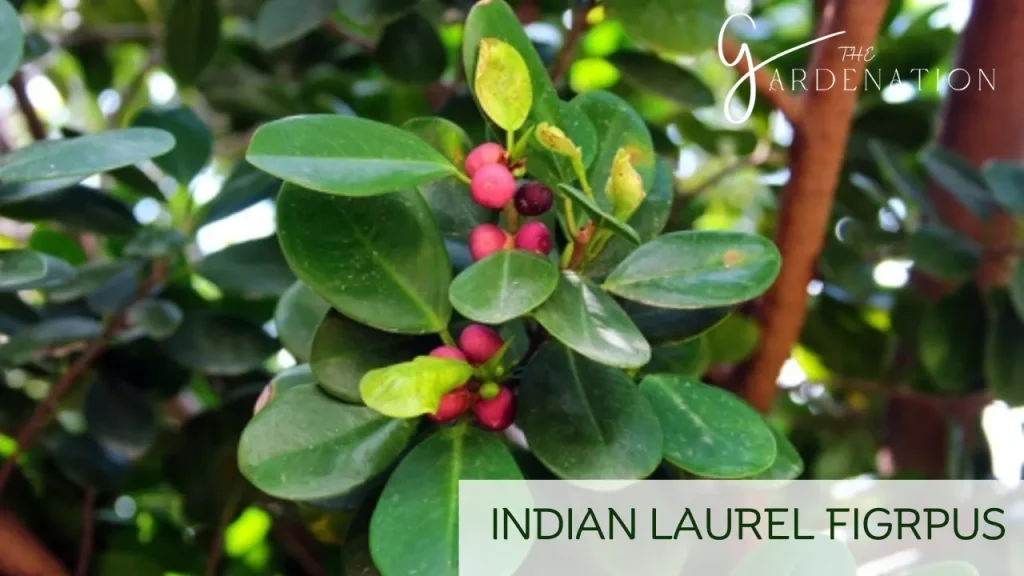
Adaptable Indian laurel fig handles everything from seaside to inner city conditions while expanding its dense glossy foliage without hesitation. I provided it with adequate space and light, and got gains of a foot or more each year, transforming compact shrubs into generous shade providers topping 50 feet for some trees.
- Scientific Name: Ficus microcarpa
- Ideal Position: Full sun to shade
- Average Mature Height: 30 to 60 feet
- Growth Rate: Over 1 foot per year
- USDA Zones: 9 to 11
An excellent choice for coastal climates in particular, this trouble-free Ficus selection appreciates the ocean breeze while blocking intense sunlight.
9. Arizona Ash
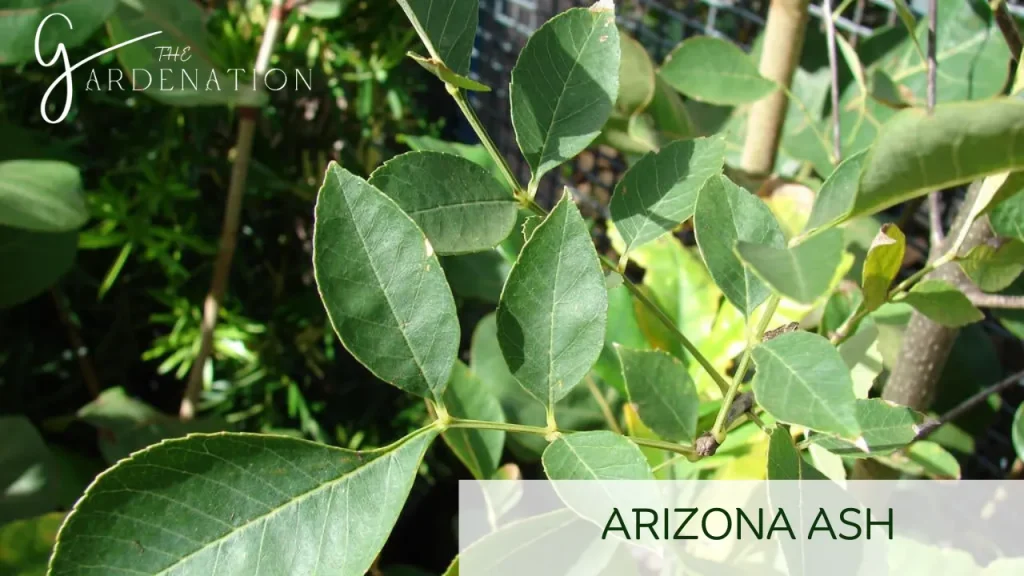
A welcome alternative to disease-prone ash species, the Arizona ash brings graceful, compound foliage and pleasing form to warmer zones as a fast growing shade savior. Gaining up to 3 feet annually, mature heights average 40-50 feet tall in well draining soil and full sun.
- Scientific Name: Fraxinus velutina
- Ideal Position: Full sun
- Average Mature Height: 30 to 60 feet
- Growth Rate: 2 to 3 feet per year
- USDA Zones: 5 to 9
The bare winter form also makes a beautiful sculptural statement. For rapid returns with folksy appeal, I plant Arizona ash.
10. Northern Catalpa
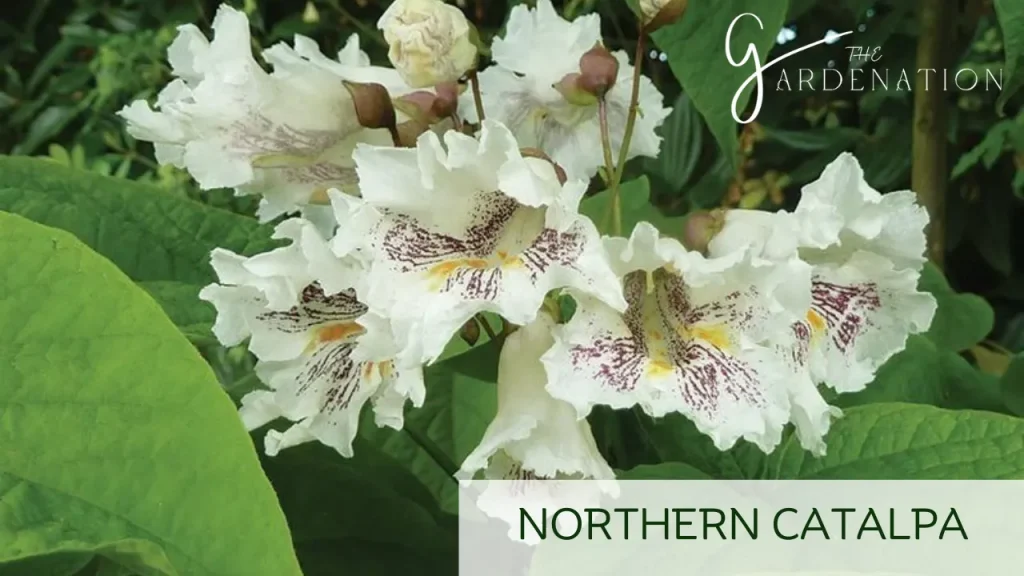
The hardy northern catalpa dazzles with huge heart-shaped leaves and showy spring blooms, gifting generously of itself while launching skyward over 2 feet yearly on its mission to eclipse the sun for all below with its imposing, irregular crown.
- Scientific Name: Catalpa speciosa
- Ideal Position: Full sun to part shade
- Average Mature Height: 40 to 70 feet
- Growth Rate: Over 2 feet per year
- USDA Zones: 4 to 8
Attaining mature heights around 70 feet, the northern catalpa handles pollution, salt and periodic floods. Give it space to grow into its grandeur over two decades. Graceful despite its scale, this Midwest native thrives in California too!
11. Tulip Tree
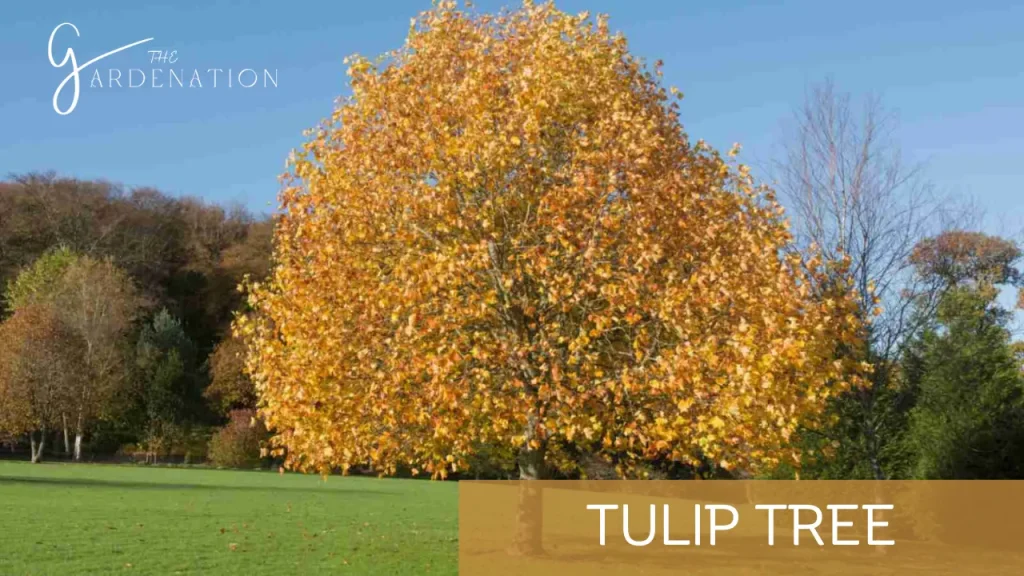
I loved it for its unique tulip-like spring flowers and radiant golden fall color, the tulip tree certainly stands apart. This Appalachian native rockets upwards as much as 3 feet per year in ideal conditions towards towering heights that may eventually surpass 100 feet.
- Scientific Name: Liriodendron tulipifera
- Ideal Position: Full sun
- Average Mature Height: 70 to 100 feet
- Growth Rate: Over 2 feet per year
- USDA Zones: 4 to 9
The straight whitewashed trunk provides a clean canvas for the lush canopy billowing brightly overhead – a glorious focal point for parks and expansive lots
Types of Shade Trees
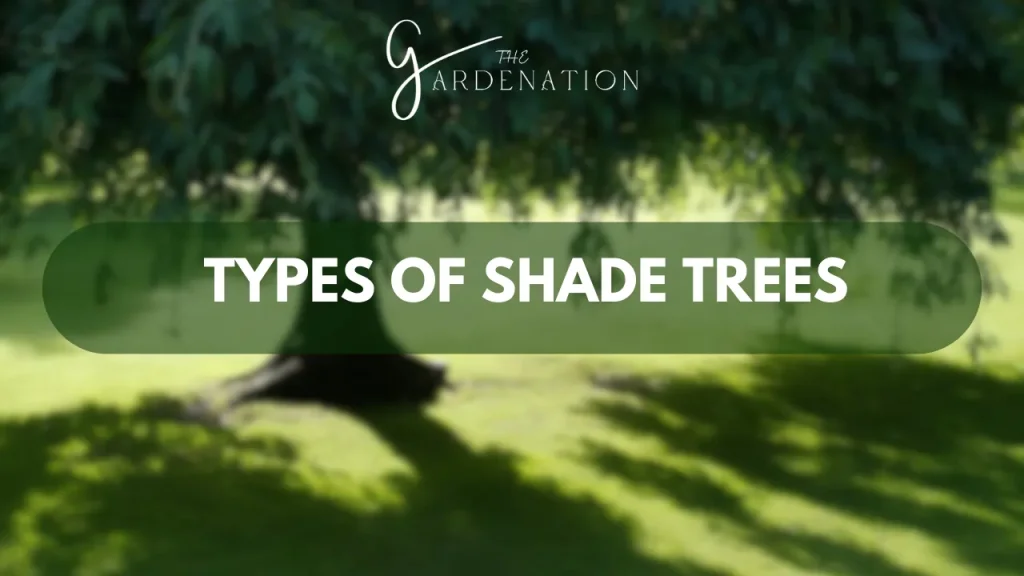
Thousands of trees offer shade but growth habit, size potential and functional traits dictate suitability.
Categorizing by characteristics helps identify the best fit between desired benefits and limitations in space.
Fast-Growing Shade Trees
Some shade trees grow very quickly, shooting up fast to establish shade in just a few years. In hot places, fast tall growth provides relief from climbing summer heat. These speedy trees can reach 40-60 feet or more in only 5-10 years.
Small Shade Trees
Other shade trees stay small, growing only 20-30 feet tall maximum. Smaller trees fit nicely into tight city spaces and yards without interfering with buildings, power lines or structures. Grouped together, they can shade courtyards beautifully.
Evergreen Shade Trees
Unlike trees that lose leaves each cold season, evergreen trees keep their leaves year-round or almost year-round where winters stay mild. Having an uninterrupted canopy prevents harsh sun exposure when people need shade most yet other trees are bare. The leaves also give privacy screening all year.
Backyard Shade Trees
When choosing a shade tree for a backyard, consider other features beyond just sun coverage. Look for ones that have pretty flowers, nice fall colors, attract birds, grow edibles or fruits, and adapt well around homes. The ideal backyard tree provides shade as well as beauty and other benefits you value most.
Frequently Asked Questions
What’s the lifespan of common shade trees in California?
Deciduous shade trees generally live between 30-150 years when provided adequate growing conditions. Rapid growers like Chinese Pistache peak around 60 years. Sturdy oaks and maples can persist over 150 years. Manage mature trees proactively to maximize longevity.
How do drought conditions affect shade trees?
Extreme drought stresses Most landscape plants. Monitor shade trees for signs of decline like small leaves, thin canopy and bark damage. Water deeply when needed allowing moisture to penetrate deep roots. Add organic ingredients to hold moisture. Large transplants require consistent irrigation the first few seasons ensuring establishment. Select native trees boasting innate drought resilience.
What kind of maintenance do shade trees require?
Annual tasks include fertilizing when needed, pruning for structure/safety, and training young trees for optimal form. Eventually large trees require professional hazard evaluation like risk assessment/ pruning. Removal costs also escalate so consider longevity and long term costs when selecting. Proper planning minimizes future obligations.
What are the best backyard shade trees in California?
The Chinese Pistache delivers excellent autumn colors and arching shade topping 40 feet tall. For small spaces, the 20-foot Western Redbud charms with fuchsia blooms. Iconic evergreen Southern Live Oaks spread majestically over 60 feet wide. And for modern appeal, the Desert Museum Palo Verde dazzles with yellow spring flowers against blue-green lacy foliage, thriving to 20 feet with minimal water needs.
Conclusion
I’ve highlighted premier shade trees aligned with common needs from rapid relief and petite profiles to year-round screening and backyard bounty. Hopefully my sunshine state selections spark ideas envisioning your perfect shady retreat!
Remember to consider mature size, growth rate, aesthetic appeals and functional goals as you review options.
Then set your sights on sunset under the shade of your customized leafy oasis!


2 Comments